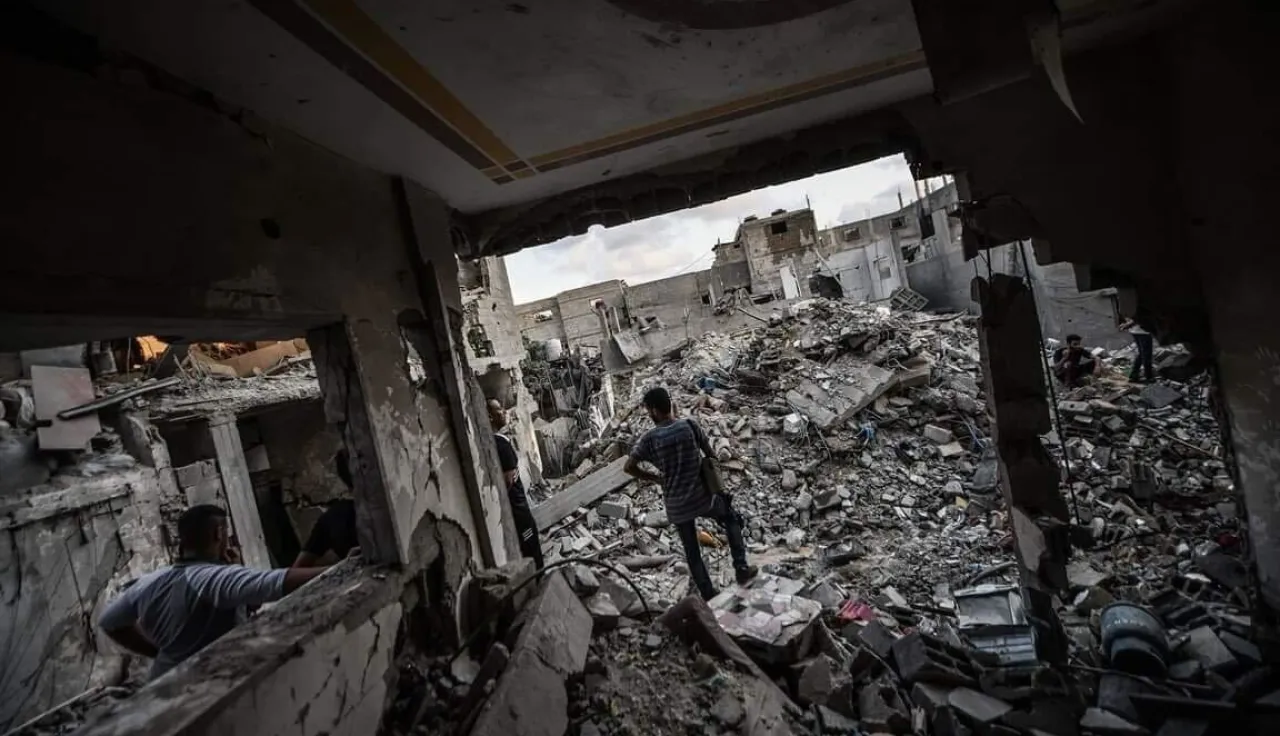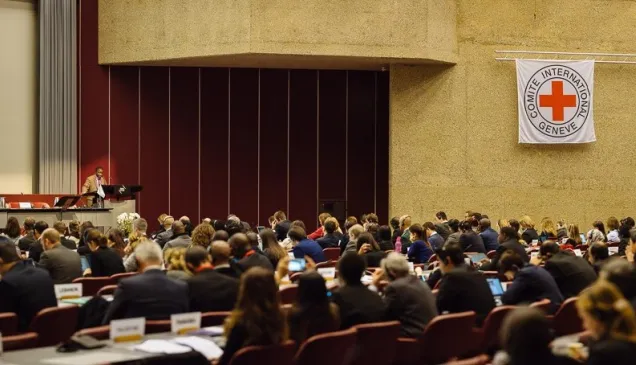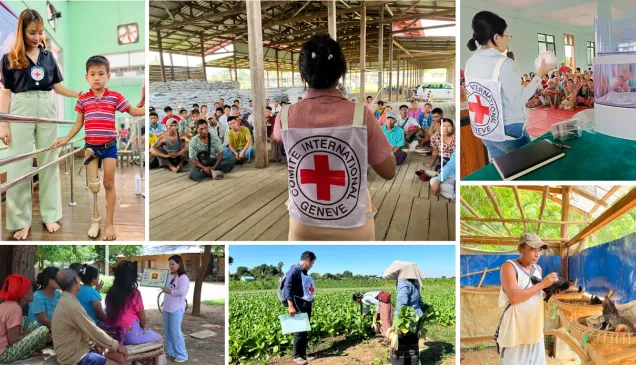Armed hostilities between Israel and armed groups in Gaza broke out in August 2022 for three days. The hostilities began days after the border crossings between Israel and the Gaza Strip had been closed to people, goods and traffic. This closure prevented Gaza's residents from accessing humanitarian services and limited supplies for essential services.
The conflict left dozens of people dead, and hundreds injured and displaced. It also damaged property and traumatized many others who have already survived previous rounds of hostilities.
Working closely with our partners, the Palestine Red Crescent Society (PRCS) in Gaza and Magen David Adom (MDA) in Israel, we have been responding to the most urgent needs.
√ Dialogue on Respect for International Humanitarian Law
• Engaged the parties to the armed conflict to remind them of their obligations under International Humanitarian Law (IHL).
• Monitored respect for IHL and the humanitarian consequences of the hostilities in Gaza and Israel and raised concerns with the parties to the conflict as part of our continuous bilateral and confidential dialogue.
√ Enabling Emergency Response
• Supported the health authorities in Gaza with one war-wounded kit enough to treat 50 seriously injured people and provided controlled drugs to health facilities.
• Provided water pipes and electrical items from emergency stocks to support repairs to the electricity grid and wastewater management systems during and after the hostilities, benefiting 60,000 people across the Gaza Strip.
• Organized a joint ICRC-PRCS awareness campaign on the risks of Unexploded Ordnance (UXO) through social media, which reached 100,000 people across the Gaza Strip.
• Supported the PRCS Emergency Medical Services with 10 ambulance spotlights for rescue operations in areas contaminated by UXO.
• Supported the Explosive Ordnance Disposal Unit of the Ministry of Interior with a trailer to enable safer transportation of UXO.
• Maintained coordination with PRCS, MDA and the International Federation of Red Cross and Red Crescent Societies (IFRC) in line with the Movement Coordination for Collective Impact Agreement.
√ Meeting Emergency Needs
• Following a joint assessment with PRCS, 126 displaced families received a cash grant (about 700 USD per family) and essential household items to meet immediate and basic needs for three months.
• The ICRC and PRCS jointly conducted awareness sessions on the risks of UXO for 567 people, 90% of whom were children, to assist families to avoid risks as they begin to rebuild
√ Restoring Humanitarian Services
• Facilitated the visit of 127 family members of Palestinian detainees from Gaza to Israeli places of detention following the end of the hostilities.




